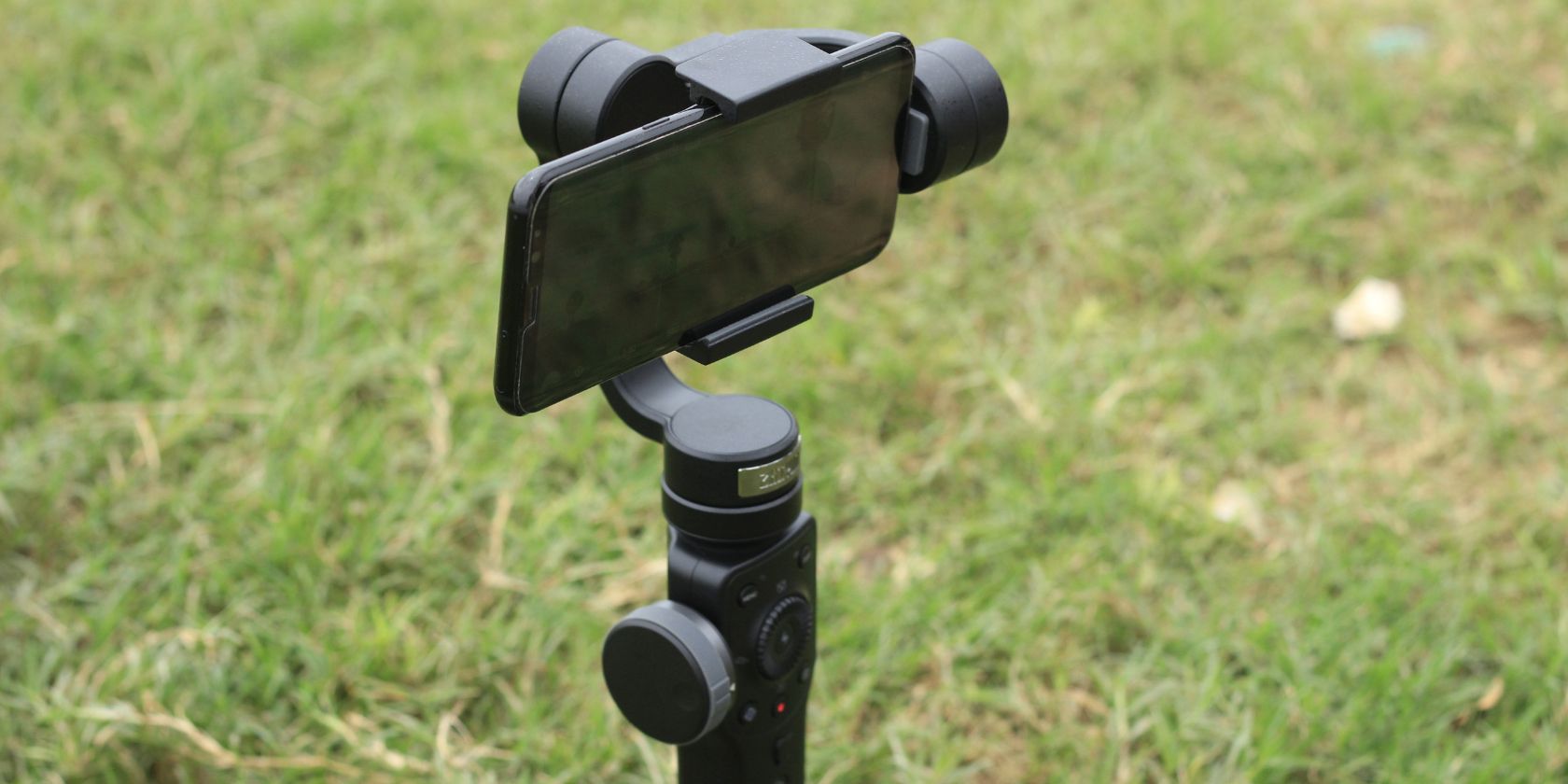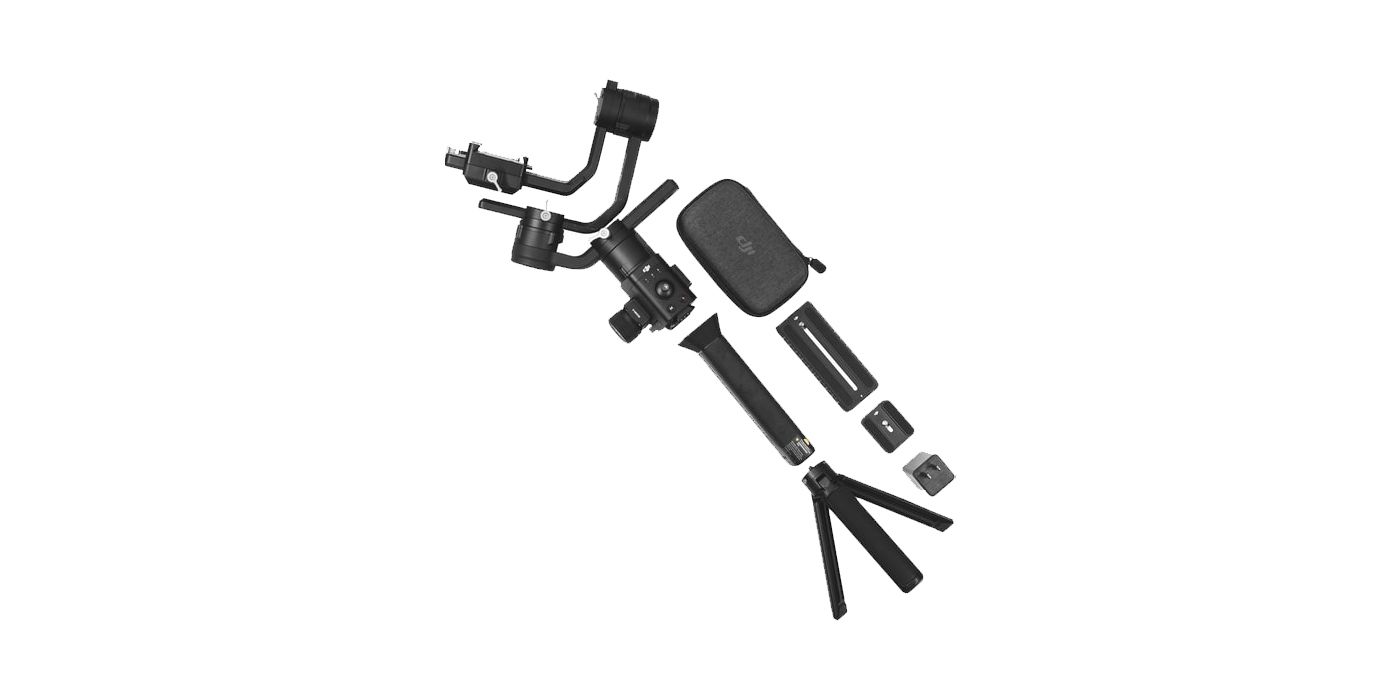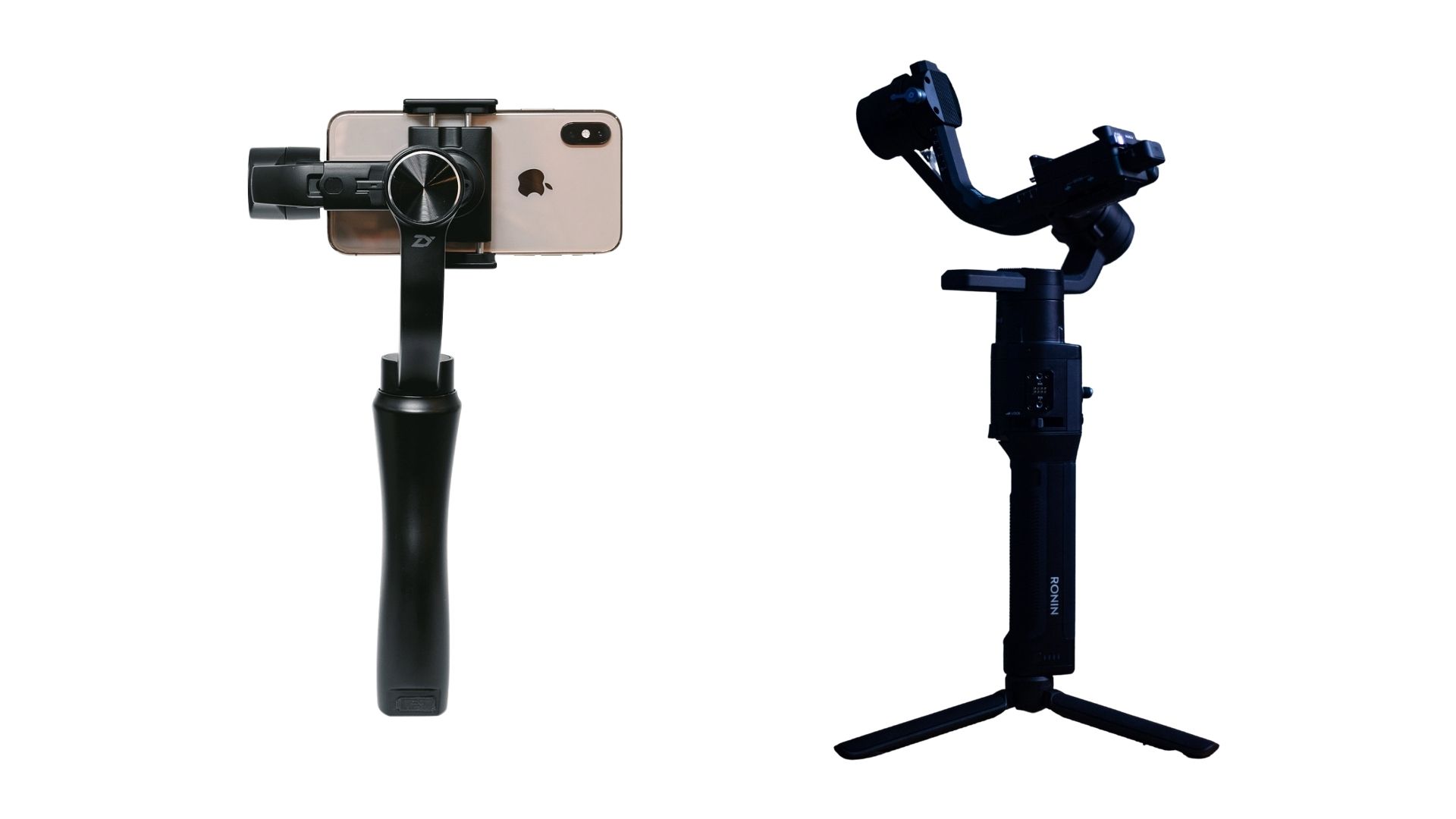Gimbals can help get you the best quality footage by stabilizing your camera. You can get handheld devices for both smartphones, cameras, or both. You can also find drones with built-in gimbals to give you the most stable aerial footage you can get.
However, when you look at the market, you'll often see a two-axis and a three-axis gimbal option. So what's the difference between the two? Are three-axis gimbals always better than two-axis ones?
What Is a Gimbal?
A gimbal is a tool that mounts your camera for stable video recording. It achieves this by mounting the capture device on two or three arms that absorb subtle movements.
So if you make small, unintended movements (like when you're walking), the gimbal ensures your camera remains completely steady. It's like how a chicken holds its head steady, even if you lift it and move it around.
How Does a Gimbal Work?
Any movement will happen along three axes—pitch, roll, and yaw. Pitch is when your camera tilts up or down, like when you're looking up a tall building or down at your shoes. In videography, this is often referred to as tilt.
On the other hand, rolling is the action your camera makes when you rotate it around its lens. When you're transitioning your phone from horizontal to vertical, you're essentially rolling it.
Finally, yaw, or panning, is the left and right movement of your camera. That's what happens when you're changing your view from side to side.
A gimbal works by using its sensors to detect which way your camera is moving. It will then move the corresponding axis to compensate, effectively keeping your camera pointed at your subject.
What's the Difference Between a Two-Axis Gimbal and a Three-Axis Gimbal?
A two-axis gimbal stabilizes your camera over two axes only—pitch and roll. It will not compensate for yaw movements. However, a three-axis gimbal will cancel slight movements in all axes. That pretty much sums up their functional differences.
Of course, the three-axis gimbal is more technically complicated than the two-axis one. Firstly, it weighs more. The addition of a third motor brings a weight penalty of at least 50 grams. While it may not be a problem if you're going to use it handheld, it could cost a few more minutes of flight time if you're picking out a gimbal for your drone.
Another disadvantage of the three-axis gimbal is that its battery will drain much faster. Because you're powering three motors instead of two, you can expect to have a shorter life. You need to bring a couple more backup battery packs if you're planning to shoot for the whole day.
Finally, three-axis gimbals are inherently more expensive. They could cost at least double the price of the two-axis versions or more. That's why many beginner video creators prefer the more affordable version.
Which Gimbal Should You Choose?
If you're new to videography and are looking for something to practice on, the two-axis gimbal is a smart buy. You don't need to spend too much to get a stable recording. Also, if you're going to use it for handheld videography while standing only, or at a slow walking pace, then yaw or panning stability isn't as crucial.
This is because we have better control of our lateral (left and right) hand movements. But if you're planning to shoot dynamic scenes, like a close-up video of a sport, you will appreciate the additional stability of three-axis gimbals.
However, for drone use, many videographers prefer the three-axis gimbal. Despite being heavier, the additional yaw stability it offers makes for smoother video. This is especially helpful because drones are more susceptible to unwanted lateral movement.
Are Gimbals Worth It?
If you're starting to get serious with smartphone and action camera videography, a gimbal is one of the first things you should look at when upgrading. You should get it once you have a proper microphone and a decent light source. Or better yet, go for a package that offers all three in one go.
Using a gimbal will let you avoid the jarring, shaky motion of handheld cameras. You will get clean, smooth, and professional-looking videos your audience will truly appreciate. So whether you're making outdoor vlogs or unboxing videos, or even just shooting B-roll, a gimbal will definitely improve your video quality.



